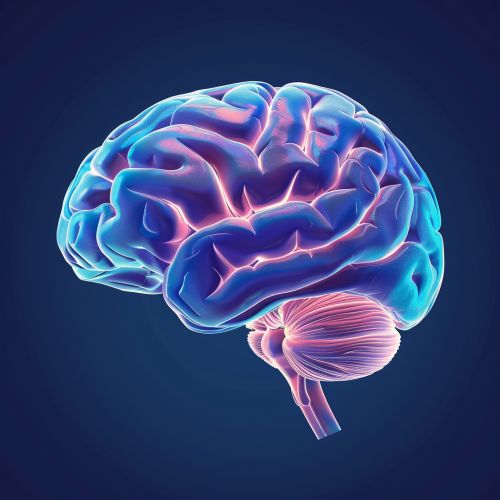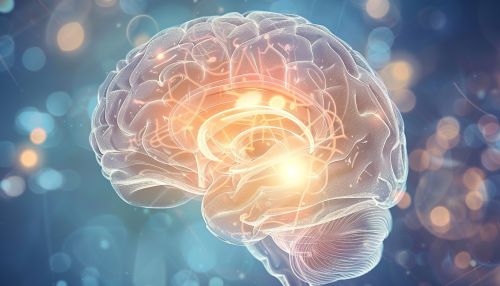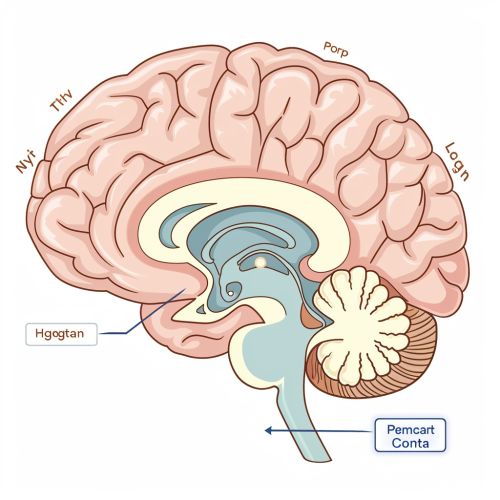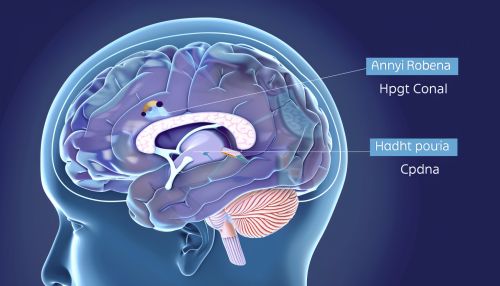Emotion and Memory
Introduction
Emotion and memory are two interrelated aspects of human cognition that play a crucial role in our everyday lives. Emotion refers to a complex psychological state that involves subjective experiences, physiological responses, and behavioral reactions. Memory, on the other hand, is a cognitive process that allows us to encode, store, and retrieve information. The interaction between emotion and memory is an area of interest in the field of cognitive psychology, neuroscience, and psychiatry.


The Role of Emotion in Memory
Emotion can significantly influence the formation, storage, and retrieval of memories. This is primarily due to the effects of emotional arousal on the consolidation of memories, a process known as emotional memory enhancement. Emotional arousal can be triggered by both positive and negative emotions, and it is mediated by the amygdala, a brain structure that plays a key role in emotional processing.
Emotional Memory Enhancement
Emotional memory enhancement refers to the phenomenon where emotionally arousing events are remembered better than neutral events. This effect is thought to be mediated by the amygdala's influence on other brain regions involved in memory, such as the hippocampus and the prefrontal cortex. The amygdala can modulate the consolidation of memories in these regions, making them stronger and more resistant to forgetting.
Emotional Context and Memory
The emotional context of an event can also influence how it is remembered. This is known as the mood-congruent memory effect, where individuals are more likely to remember information that is congruent with their current emotional state. For example, when a person is in a happy mood, they are more likely to recall happy memories.
The Role of Memory in Emotion
Just as emotion can influence memory, memory can also influence emotion. Our emotional reactions to events are often based on our memories of similar past events. This is particularly evident in conditions such as post-traumatic stress disorder (PTSD), where traumatic memories can trigger intense emotional reactions.
Emotional Memory and PTSD
In PTSD, the memory of a traumatic event is often vivid and intrusive, leading to distressing emotional reactions. This is thought to be due to abnormalities in the processing and consolidation of traumatic memories, leading to their enhanced retrieval and emotional impact.
Emotional Regulation and Memory
Memory also plays a role in emotional regulation, which refers to the processes by which individuals influence their own emotional experiences. One way in which this can occur is through the deliberate recall of positive memories to counteract negative emotions, a strategy known as positive reminiscence.
The Neuroscience of Emotion and Memory
The interaction between emotion and memory is underpinned by complex neural mechanisms involving several brain regions. Key structures include the amygdala, which is involved in emotional processing, and the hippocampus, which is crucial for memory formation. Other important regions include the prefrontal cortex, which is involved in memory retrieval and emotional regulation, and the insula, which is implicated in the subjective experience of emotion.


Conclusion
Understanding the relationship between emotion and memory is crucial for understanding human cognition. It has implications for a range of areas, from basic research in cognitive psychology and neuroscience, to clinical applications in psychiatry and psychotherapy. Despite the progress that has been made in this field, many questions remain, and further research is needed to fully elucidate the complex interplay between emotion and memory.
